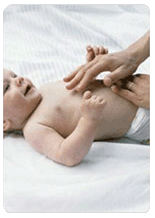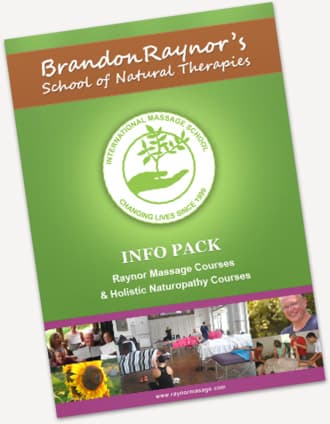Massage for children has been much underrated in Western society although it was traditionally a skill that was passed down through the generations. It can help calm an agitated child, it can see dramatic behavioural improvements for children who have Attention Deficit and Hyperactivity Disorder (ADHD) or who have undergone some kind of trauma or abuse. It can also be used to treat children who are anxious about school, exams or family breakdown.
Children can be massaged from birth, with babies under 18 months we do not massage the fontanel of the the skull as the bones have not yet fused and of course the depth of the massage is adjusted to suit the needs of a very young client, some children like deep massage but as with any client, it is a case of the right depth for the right client.
How children are massaged depends on the relationship of the therapist and the child. Massaging your own children or those of close friends and relatives allows massage to be integrated in to play time and even cuddles. Massaging other children should only be done with a parent or guardian present for reasons of good practice in child protection. If the child will not settle with the adult present then another trusted adult could be present by agreement with the parent.

Children can experience a great deal of stress, especially if they live in a household where stress levels are high, they pick up on adult stress, often internalising it and suffering ‘tummy ache’ and ‘headaches’.
Integrating massage into the regular life of children is a great gift to give to your child in terms of them developing healthy lifestyles and habits. If you massage children from when they are young they will develop this habit of getting a massage for life in most cases.
Some children will squirm more than adults and massage sessions will usually be shorter than they will be for adults. Massaging the child’s head and scalp first will help to relax them, then massaging their feet before going into more ticklish areas where tension may be present.
